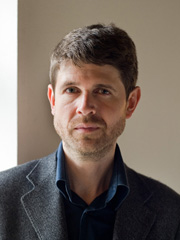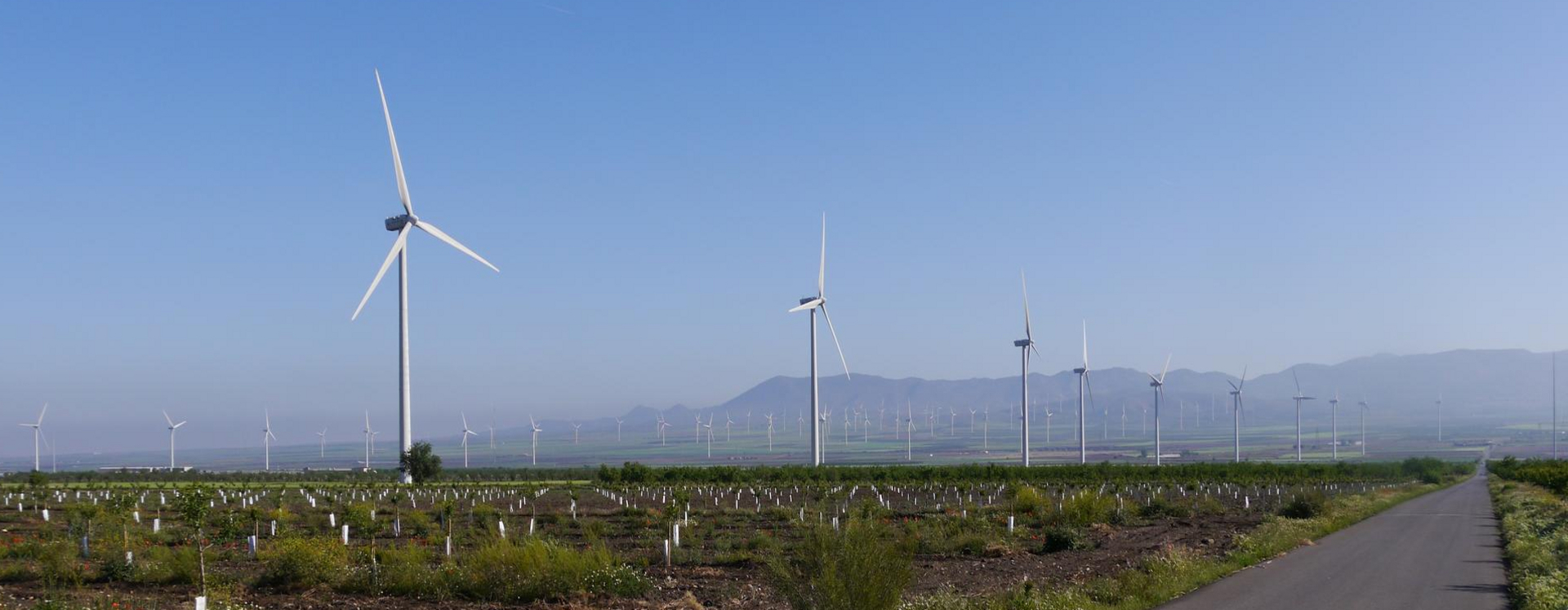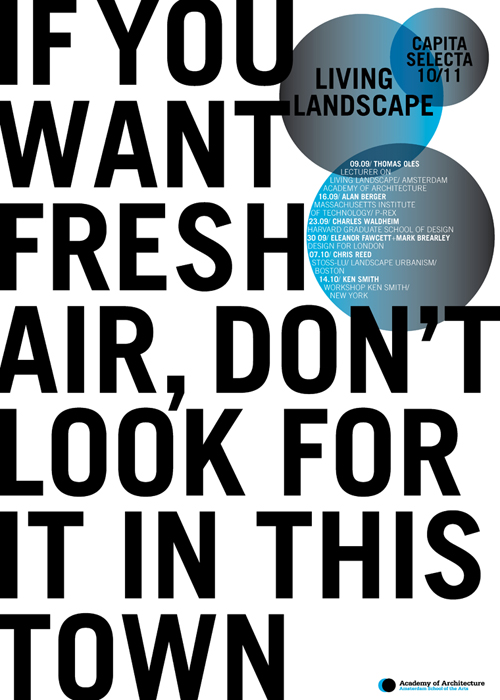Research group Living Landscape
A recent study found that use of the word ‘landscape’ in American newspapers increased fivefold between 1980 and 2005. Everyday language seems to confirm these findings. Landscape is everywhere, from the ‘financial landscape’ of the current recession, to ‘mental landscapes’ of childhood or old age, to the ‘cultural landscape’ of the globalized city. ‘Hardscape’ and ‘softscape’ are already staples, to which have now been added ‘datascapes,’ ‘marketscapes,’ even ‘desktopscapes.’ It seems that landscape is truly in the process of becoming what linguist George Lakoff called a ‘metaphor we live by.’
But what is landscape? When, and where, did this word and idea arise? How have its meanings changed through history? How, and why, did it come to be associated with scenery? How are we to explain its astonishing proliferation in recent years? And how do the answers we give to these questions determine the methods by which we design places?
Many people conceive landscape as a delimited zone for extensive activities such as recreation, water storage, and, especially, agriculture. In this ‘sectoral’ view, landscape is a finite resource that can be drawn down to make room for other, ‘non-landscape’ programs, such as housing or industry. The idea that landscape and agriculture are synonymous has been shaped by pictorial conventions
dating back nearly four centuries. But this agricultural understanding, which explicitly divides the ‘green’ of the landscape from the ‘red’ of the city, is increasingly untenable. A growing number of scholars in the fields of geography, anthropology, and history contend that landscape is not so much an area or picture as it is the unfolding of human practices, perceptions, values, and institutions in a place over time. In this view, landscapes are irreducible to discrete objects (trees, fields, roads, houses) or horizontal area. Landscapes are not simply zones lived ‘in’—they are the result of living.
Understanding landscape as lived practice in place calls into question many of the fundamental assumptions about space, objects, and representation on which the design professions—and indeed design education—rest. It has the potential to transform the process and products, and larger mission, of architecture, landscape architecture, and urban design. ‘Living Landscape’ is a wideranging forum in which instructors in all three departments of the Academie van Bouwkunst will explore these implications with their students, through theory and practice, at every scale of the human environment, from territory to neighborhood to site to building.
Blog
For more information visit the Living Landscape blog.

Thomas Oles
Photo: Joost Bataille

